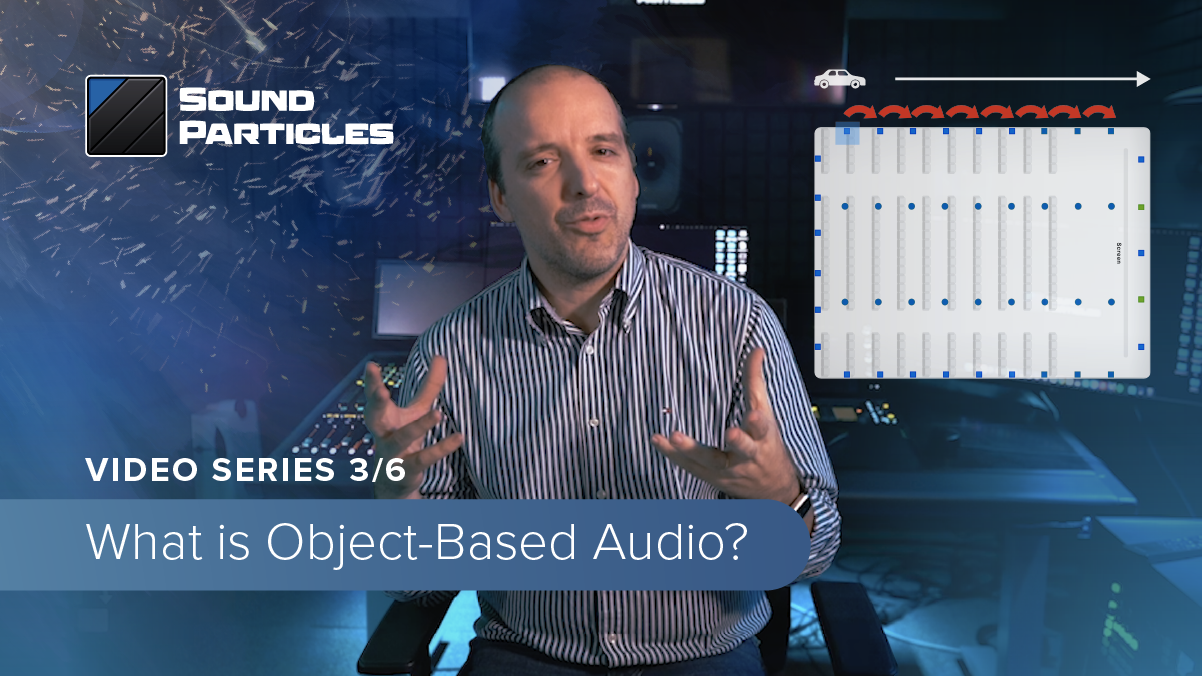@Blumlein 88
Earlier in the thread, I said that a good mix translation will make the mix sound better on both the best flat-sounding and full-range speakers out there, as well as more limited speakers. Good mix translation is not about making the mix sound better on the lesser speakers and introducing artifacts and obvious compromises when listening to the mix on the better speakers, otherwise, it can simply no longer be called "a good mix translation".
Just because you use a frequency-limited loudspeaker as the NS-10s at some point of the mixing to make sure that all sound objects in the mix shares the right balance in the midrange frequency area, that doesn't mean that the mix will sound worse on the best flat-sounding full-range speakers, quite the opposite the mix will most likely sound better on those speakers too.
I am listening to the old classic songs "Born in the U.S.A." by Bruce Springsteen and "Start Me Up" by Rolling Stones right now to hear if I can pinpoint any artifacts that we can blame on the use of NS-10s for those two productions. I am flipping between listening to my full-range HiFi system and my iPhone's inbuilt speakers, and I think these mixes translate well to the very limited speakers in the phone, nothing totally disappears, and the balance between the sound objects in the mix stays pretty much intact, the punch of the kick drum is still there, and the bass guitar is also heard and is not totally disappearing.
I can't hear anything wrong with any of those songs on my full-range system and they are most likely sounding even better thanks to the balanced-sounding midrange, that may have to do with the NS-10s being used for those productions for making sure of the balanced midrange, a balanced-sounding midrange that will also make sure that the mix translates well to the lesser speaker systems.
Many people here seem to think that making sure the mix sounds good on the lesser speaker systems will automatically mean a bunch of compromises to the sound quality for the best full-range speakers, but that is not the case with a
good mix translation.
You could argue that you could take a frequency-wise better-measuring loudspeaker than the NS-10s, and just limit the bandwidth so that you mostly hear the midrange while checking the balance between the sound objects in the mix, and you could probably do that. But the NS-10s seem to have had a few more good qualities than that, such as a short decay time that lead to a perceived good transient response, so make sure your "better" speakers can compete with those qualities as well.
We all can keep on arguing back and forth why so many mixing engineers thought the NS-10s was such a good tool for making their mixes translate so well, according to them. I think these (in many ways) lousy measuring speakers really had a combination of some good quality aspects that simply worked well for finding faults in the midrange, such as inaccurate reverb decay times and suitable attack and release times for compression, and helped the mixing engineers to hear when the balance was good between the sound objects in the critical midrange frequency area (that in most cases is the highway to good mix translation).
